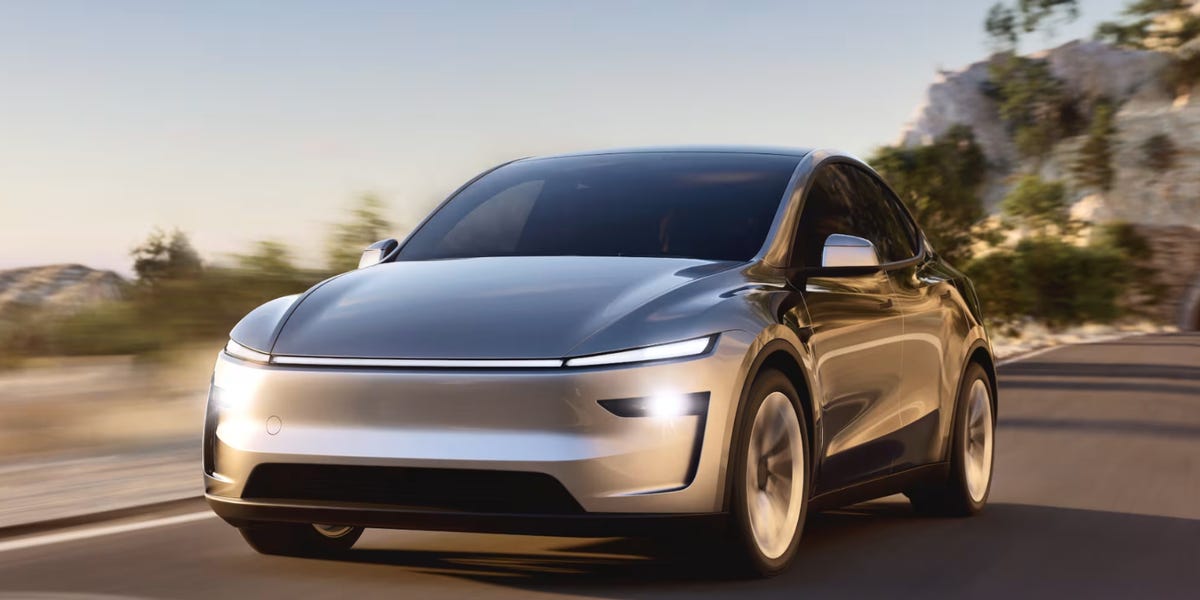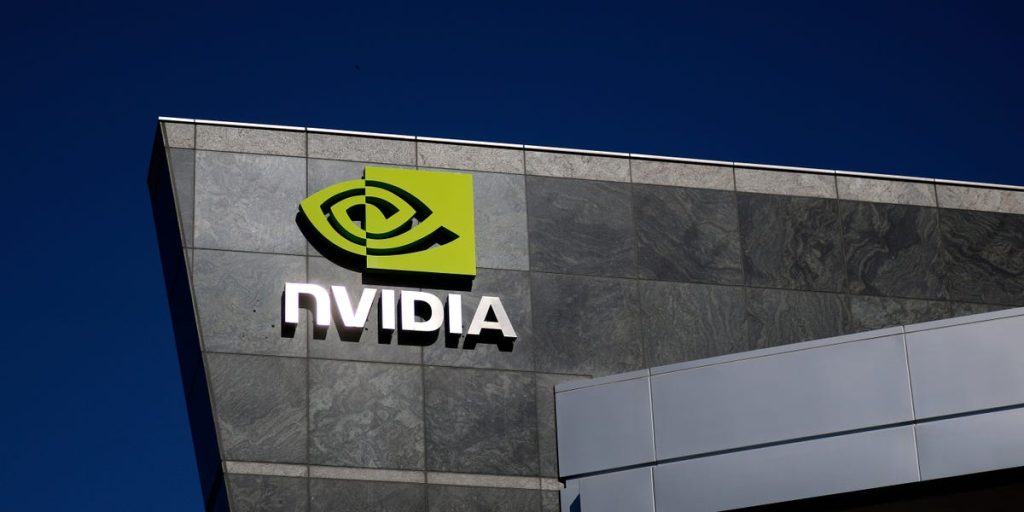Elon Musk envisions Tesla as more than just an electric vehicle manufacturer; he positions the company as a leader in artificial intelligence (AI). His assertion hinges on the vast amounts of video data collected from Tesla vehicles as they navigate the roads globally. This data theoretically provides Tesla with the insights needed to develop fully autonomous vehicles, a vision central to Musk’s roadmap. However, experts argue that the utility of this data may not be as advantageous as Musk believes.
The challenge of creating AI capable of driving as competently as a human involves complexities far removed from developing conversational AI like ChatGPT. While chatbots rely on extensive textual data to recognize patterns and deliver information, the stakes of autonomous driving are much higher—errors can lead to severe accidents or fatalities. Vehicles must navigate an unpredictable landscape of varied conditions, including weather changes, construction zones, and the behaviors of other drivers.
Experts in the field contend that simply training an AI on driving footage might yield a system adept at performing basic maneuvers but ill-equipped to handle rare but critical scenarios that could lead to accidents. For instance, many drivers habitually roll through stop signs, and training an AI on this behavior could lead to dangerous driving practices.
Tesla’s rivals in the autonomous vehicle sector often incorporate additional technologies like Lidar and radar to complement visual data, providing richer environmental context. Drago Anguelov from Waymo emphasizes the risks of relying solely on cameras and the necessity for comprehensive sensor systems to ensure thorough environmental understanding.
Critics like Yann LeCun, Chief AI Scientist at Meta, question whether Tesla’s emphasis on data offers a genuine competitive edge. LeCun highlights the diminishing returns of merely accumulating data, as greater volumes do not guarantee improvements in AI performance. The concept of Level-5 autonomy, or complete self-driving capability without human intervention, remains largely unachieved by any company despite vast data resources.
Musk’s commitment to autonomy has implications for Tesla’s market direction, especially as competition in the electric vehicle sector intensifies. He pivoted focus from achieving a yearly sales target of 20 million EVs by 2030 to prioritizing advancements in AI, theorizing it may be more lucrative to deploy a fleet of autonomous taxis than to manufacture more personal vehicles.
However, deep-seated skepticism lingers about whether Tesla can fulfill Musk’s ambitious autonomy goals. While some investors maintain confidence in Musk’s vision, the company’s history of unmet expectations raises questions. Promises made by Musk regarding full self-driving capabilities have yet to materialize, leading some experts to categorize his claims as overly optimistic.
In summary, while Tesla gathers vast amounts of driving data, the effectiveness of this information in truly advancing autonomous driving technologies remains uncertain. The intricacies of developing robust AI systems for driving far exceed the straightforward application of machine learning to extensive data sets, and Tesla’s current approach has drawn criticism for its lack of transparency and rigorous scientific engagement in the AI community.












